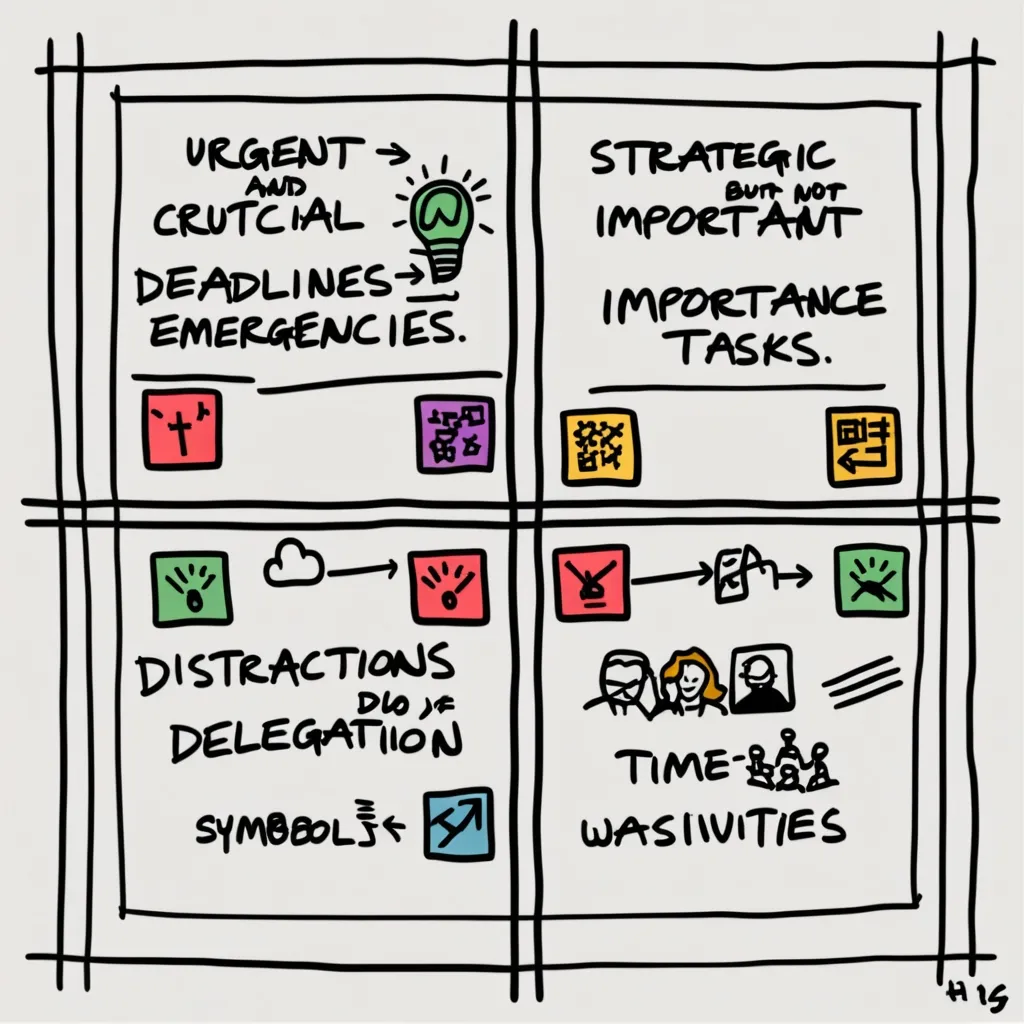Micro-Goals: The Secret Weapon for Conquering Big Financial Tasks
Ever felt like your financial goals are just too big to handle? You’re not alone. We’ve all been there, staring at a mountain of debt or dreaming of that hefty savings account, wondering how on earth we’re going to make it happen. But here’s the thing – you don’t have to climb that mountain in one go. Enter the world of micro-goals, your new best friend in the quest for financial success.
So, what’s the deal with micro-goals? Think of them as the bite-sized pieces of your financial pie. Instead of trying to swallow the whole thing at once, you’re taking it one delicious morsel at a time. It’s like turning a daunting marathon into a series of short, manageable sprints.
Let’s break it down. Say you’ve got your eye on saving $10,000 for a house down payment. Sounds pretty intimidating, right? But what if we chopped that up into smaller chunks? Suddenly, setting aside $200 a month or skipping that daily latte doesn’t seem so scary. These little steps are your micro-goals, and they’re the secret sauce to making big things happen.
Now, you might be wondering why this micro-goal thing is such a big deal. Well, it’s all about the brain, baby. Our minds love quick wins. Every time you hit one of these small targets, your brain does a little happy dance. It’s like, “Hey, look at us go!” This feel-good boost keeps you pumped and ready to tackle the next micro-goal. Before you know it, you’re building momentum like a financial snowball rolling downhill.
But it’s not just about feeling good (although that’s a pretty sweet bonus). Micro-goals give you laser focus. Instead of getting lost in the big, scary forest of your ultimate goal, you’ve got a clear path to follow. It’s like having a GPS for your finances. You know exactly where to put your energy and effort.
And let’s talk about progress. With micro-goals, you can actually see how far you’ve come. It’s like watching your favorite show – you might not notice the plot developing in real-time, but each episode brings you closer to the finale. In the finance world, this means you can track your journey and adjust your course if needed. Paying off debt? Watch that balance shrink with each extra payment. Saving for retirement? See your nest egg grow with every contribution.
So, how do you get this micro-goal magic working for you? First things first, grab that big goal and start breaking it down. Let’s say you want to create a budget (thrilling stuff, I know). Your micro-goals might look something like this:
- Track every penny you spend for a week
- Sort your expenses into categories
- Set realistic spending limits for each category
See how that’s way less overwhelming than just “make a budget”? It’s like turning a vague idea into a game plan.
Once you’ve got your micro-goals lined up, it’s time to prioritize. Not all goals are created equal, and some might need to happen before others. It’s like building a house – you need the foundation before you can put up the walls. Organize your micro-goals in a way that makes sense for your big picture.
Now, here’s where the rubber meets the road – accountability. Set deadlines for your micro-goals and stick to them. It’s easy to let things slide when you’re the only one who knows about them. So why not rope in a friend or family member to be your financial cheerleader? Having someone to report to can make all the difference.
And speaking of cheerleaders, don’t forget to be your own biggest fan. Celebrate every micro-goal you crush, no matter how small it seems. Did you pack lunch instead of buying it for a week? That’s worth a victory dance! These little celebrations keep your motivation tank full and your eyes on the prize.
Let’s get real for a second and talk about how this plays out in the messy world of personal finance. Maybe you’re trying to save more money. Instead of a vague “spend less” goal, you could set a micro-goal to only buy one fancy coffee a week instead of your usual daily fix. Boom – you’ve just saved yourself $15-$20 a month. It might not seem like much, but it all adds up.
Or maybe you’re struggling with time management (because let’s face it, time is money). Your micro-goal could be to limit TV time to one hour a night and use that extra time to read up on investing or work on a side hustle. Small change, big impact.
Now, let’s dive into the psychology behind why micro-goals work so darn well. It’s not just about breaking things down – it’s about how these small wins mess with your brain (in a good way). Every time you tick off a micro-goal, your confidence gets a little boost. It’s like your brain is saying, “Hey, we can actually do this!” This snowball effect of self-belief can carry you through the tough times when your motivation might be flagging.
Plus, micro-goals give you a roadmap to success. Instead of staring at a mountain and wondering how the heck you’re going to climb it, you’ve got a step-by-step guide. It’s like having a financial GPS – you always know where you are and where you’re heading next.
But here’s the real kicker – the power of celebrating small wins. When you hit a micro-goal, take a moment to bask in that achievement. Did you read a chapter of that finance book you’ve been meaning to get through? Give yourself a pat on the back! These little moments of joy and pride are the fuel that keeps you going on your financial journey.
Let’s get personal for a minute. Say you’re trying to get your financial house in order. Here’s how you might break that down into micro-goals:
- Set a weekly spending limit for non-essentials. Maybe $50 for eating out?
- Save a small amount each day. Even $5 a day adds up to $150 a month!
- Dedicate 30 minutes daily to financial education. Read an article, watch a video, whatever floats your boat.
By tackling these bite-sized goals, you’re not just making progress – you’re building habits that will serve you well in the long run.
So, next time you’re face to face with a financial Everest, remember the power of micro-goals. Break it down, celebrate the small stuff, and watch as those little steps add up to big changes. Your future self (and your wallet) will thank you.






